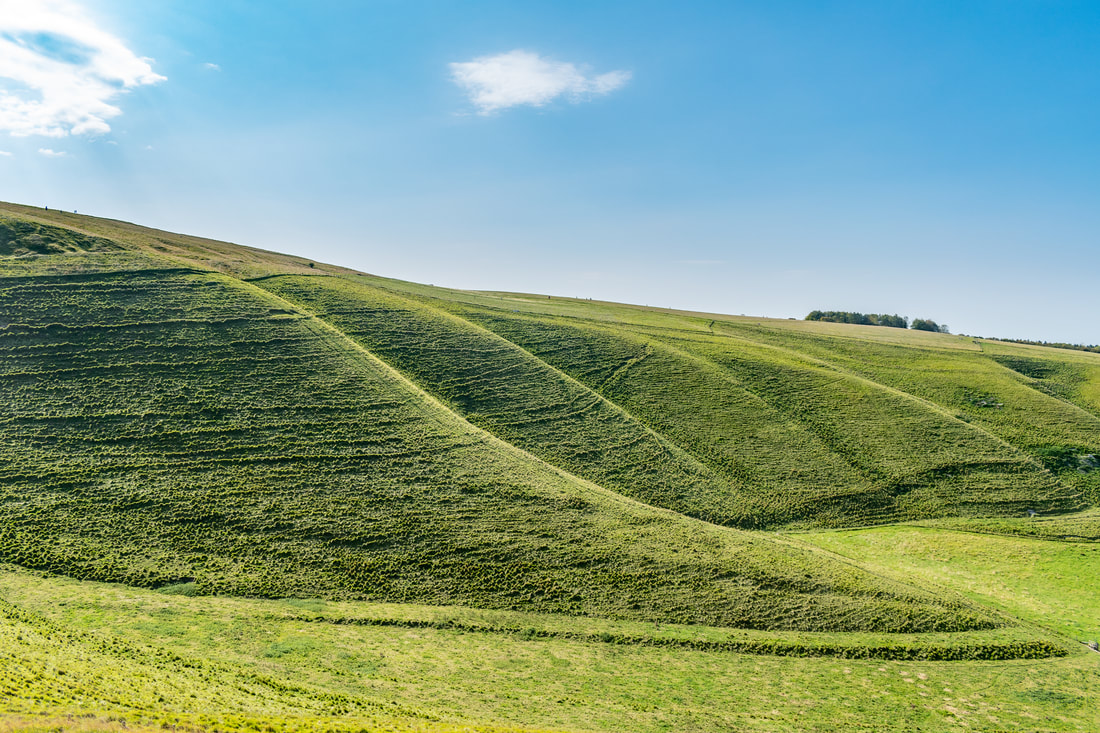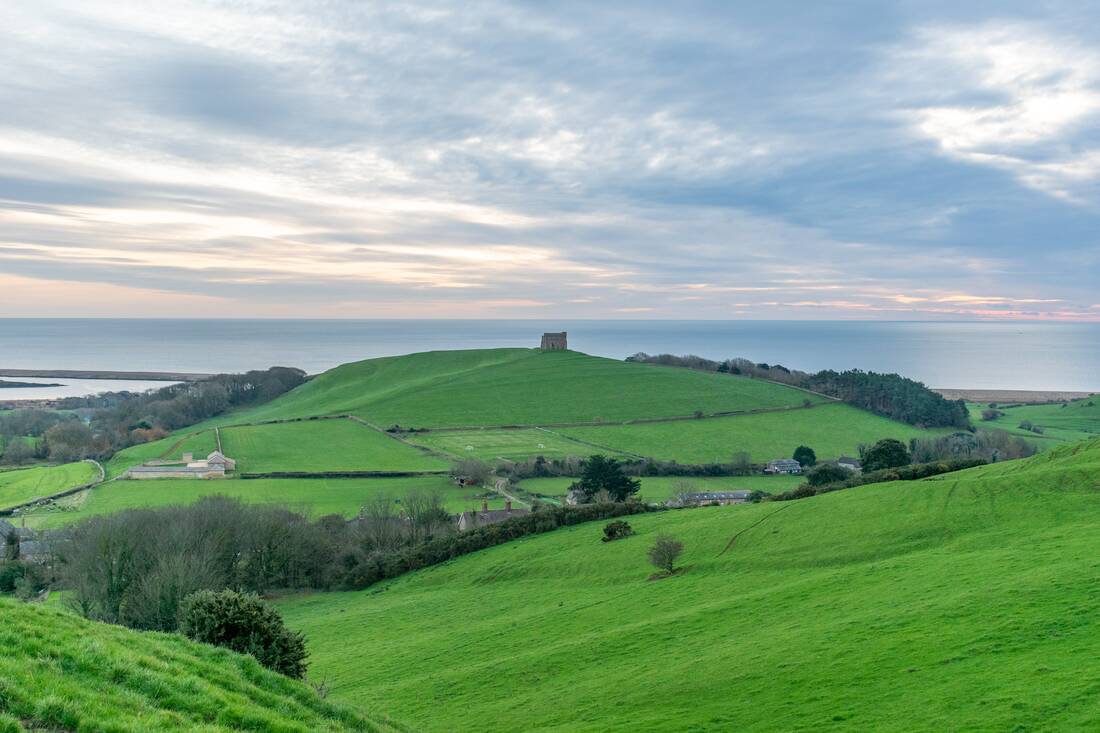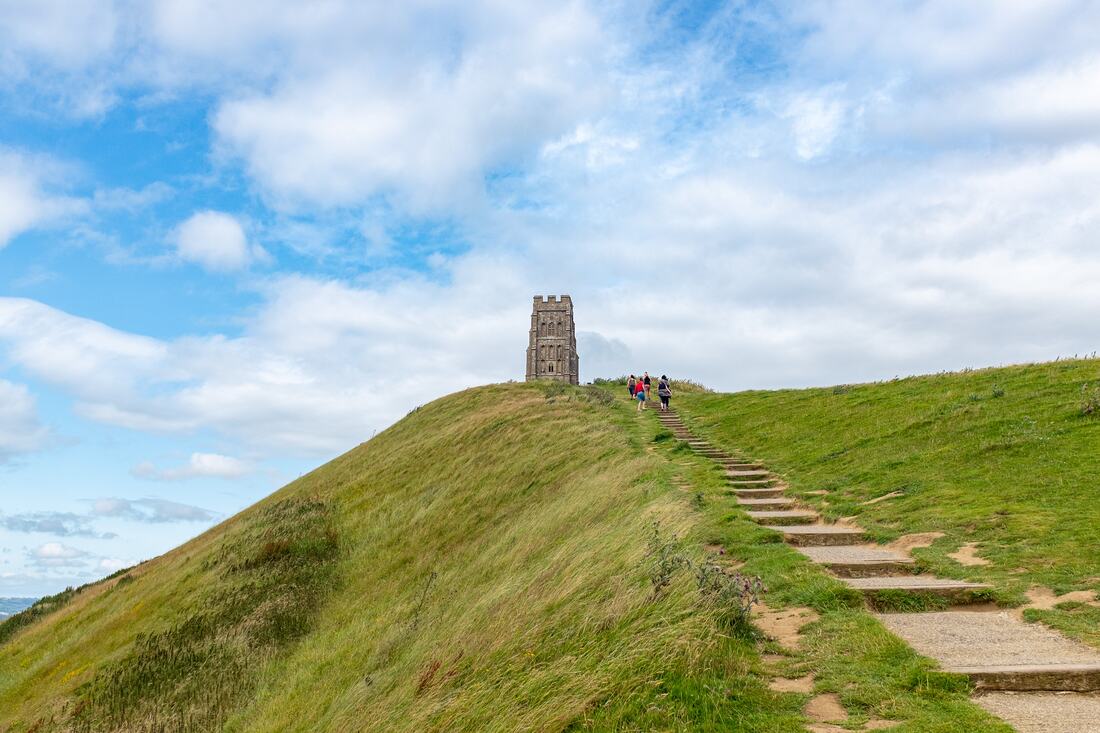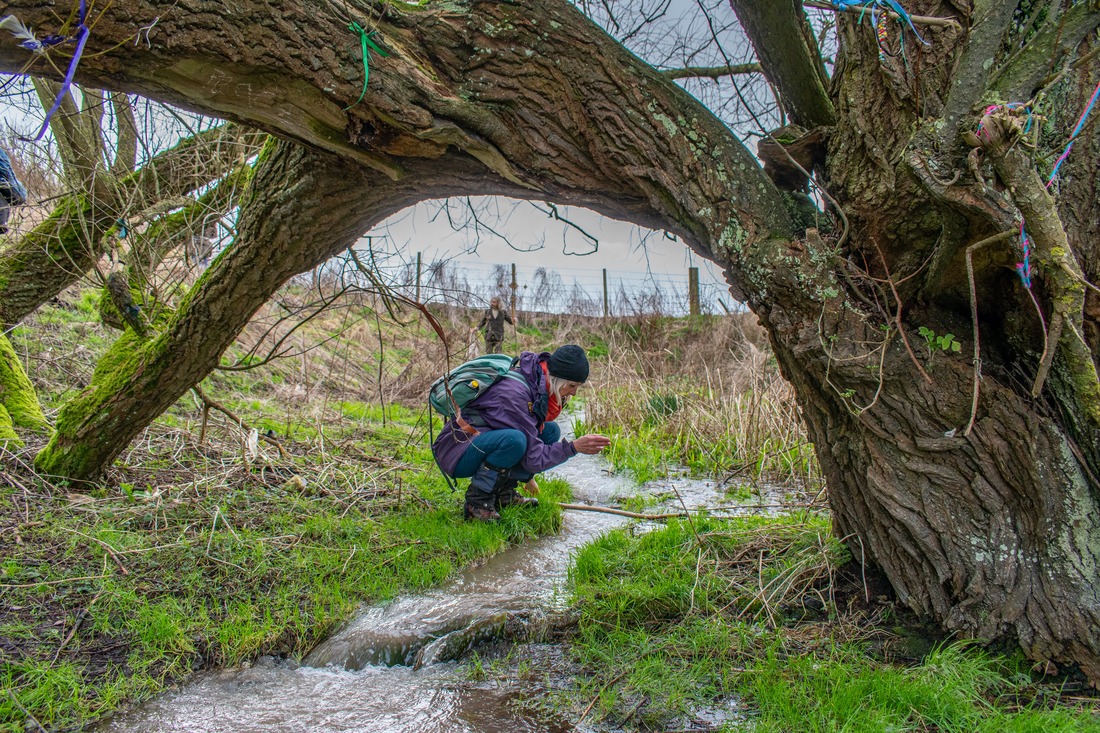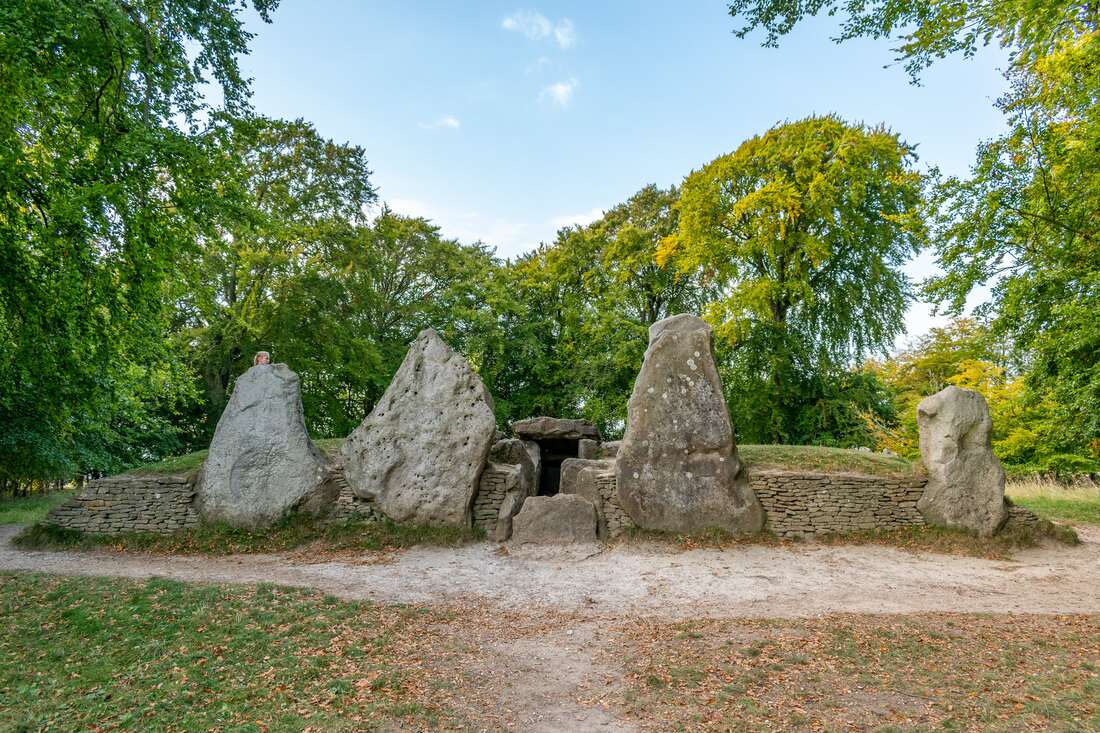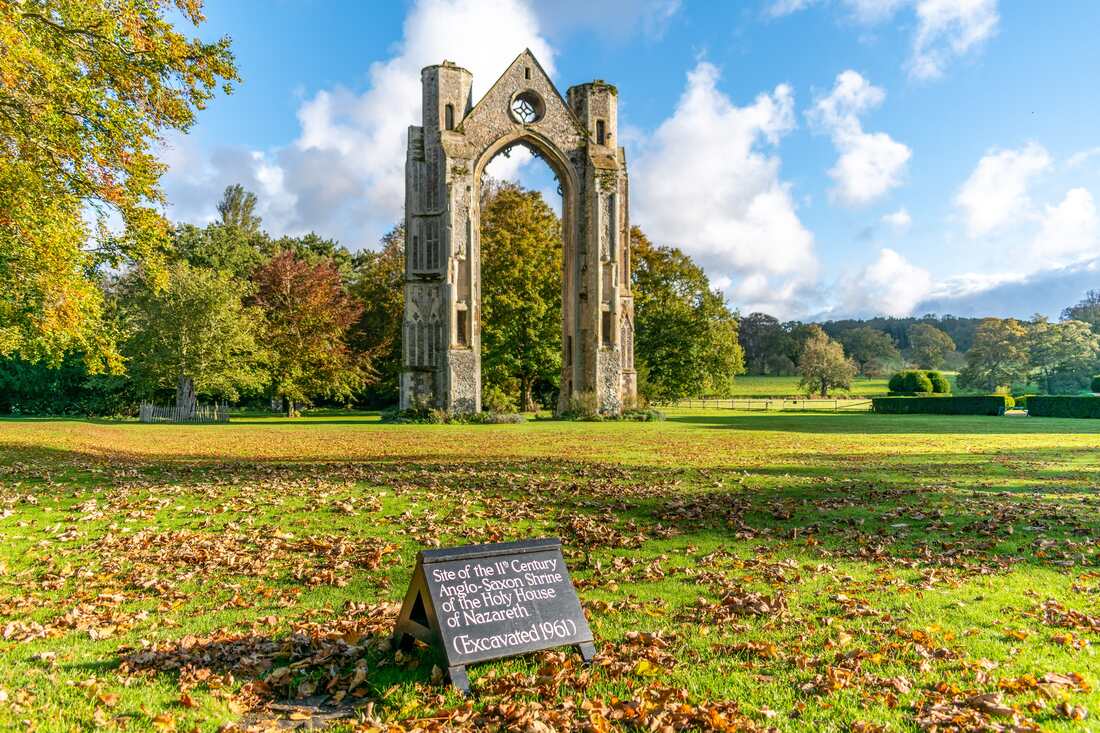- Home
- About
-
Exhibition
- Dionigi Albera
- Maria Angel
- Philippe Antoine Martinez
- Glenn Bowman >
- Helen Cornish
- Susannah Crockford
- Lene Faust
- Jackie Feldman
- Maria Chiara Giorda, Luca Bossi, Daniele Campobenedetto & Equoatelier
- Emrah Gökdemir
- Safet HadžiMuhamedović
- Vanja Hamzić
- Guy Hayward
- Jens Kreinath
- Federica Manfredi
- Ashim Kumar Manna
- Reza Masoudi
- Jason Minton Brown
- Manoël Pénicaud
- Marlene Schäfers
- Jesko Schmoller
- Tom Selwyn
- Olga Sicilia
- Konrad Siekierski
- Yogesh Snehi
- Yuri Stoyanov
- Jill J. Tan
- Samuel Tettner
- Symposium
- Panel
- Contact
- Related Projects
You are standing on Dragon Hill in Oxfordshire, the mound where St George killed the dragon. From here you look out to the curvy wave-like landform of the steep banks of the Manger, enclosing a valley where the dragon once swooped down to drink from the Woolstone springs, and where it might have munched on a few sheep too. Humans need to drink too and once the dragon was gone the village of Woolstone also sprang up here.
This hill near Abbotsbury is dedicated to St Catherine – she of the Catherine wheel, which exploded before her enemies could torture her with it. Catherine is patron saint for young women wanting to find a husband. Tradition would have it that girls of a certain age would ascend the hill to say this prayer: "A husband, St Catherine / A handsome one, St Catherine, / A rich one, St Catherine, / A nice one, St Catherine, / And soon, St Catherine." But, in addition to the chapel which may also have functioned as a beacon for ships, seen from above there is an intriguing spiral pattern of pathways around the hill leading to the chapel. This may have been a meditative processional walkway for medieval monks or perhaps it dates back even further.
A place of pilgrimage for over 10,000 years, the Tor continues to magnetise. Some people walk the five-hour spiral labyrinthine path leading to the summit, St Michael's Tower, which can be seen for miles around. This tower, as do many other hilltop towers and chapels dedicated to Michael, lies on the 'Michael line' from Cornwall to Norfolk, across the longest lateral line of England. Perhaps also seek out the Egg Stone, buried in the Tor's side, and pregnant in its proportions, as is the Tor itself. The cave of the White Spring underneath the Tor is unmissable for a truly 'immersive' experience.
In the magical landscape of Avebury is hidden a particularly numinous set of springs, from which the River Kennet flows. The Guardian Trees bend over it protectively to mark its channel. Put your hands in to make contact, and use a virus-free filter to drink the pure water. Tip-toe over the stepping stones to walk to Silbury Hill and you are away on your journey - perhaps a pilgrimage along the River Kennet?
Aligned with the Ridgeway, 6000 years old and ritualistically mysterious, Wayland's Smithy is a prehistoric long barrow where people were once buried as prominently as possible. Wayland is a mythological blacksmith from a time when smithing was a particularly valuable craft. He was hamstrung by an overly proprietorial king who didn't want him to work for anyone and was consigned to being a master blacksmith in the bowels of the earth making magical weapons. Touch the stones and enter the bowels of this monument – there is a small chamber at the entrance. Light a candle there, but remember to blow it out before you go.
Near the start (or end) point of the Ridgeway, 6000 years old and ritualistically mysterious, West Kennet Long Barrow is a prehistoric long barrow where people were once buried as prominently as possible. Stand atop its elegant ridge and survey the undulating Avebury landscape. To enter, slink round the guard stone and walk slowly in silence. Light a candle there, but remember to blow it out before you go, and perhaps hum or sing in the amazing acoustic in the end chamber.
There are two modern shrines in the village of Little Walsingham – the Anglican and Catholic shrines. However, in the footprint of the abbey ruins is where the true shrine remains. Here the young noblewoman Richeldis de Faverches had three visions of the Virgin Mary and consequently desired to replicate the Holy House of Nazareth, where Mary herself had had her most famous vision, the annunciation – at the spot in the photo. Construction was difficult but, in the end, it was built miraculously (not by humans). Walsingham eventually became one of the greatest pilgrimage shrines in medieval Europe before it was destroyed by dastardly Henry. The poem Pynson Ballad remains to tell of its greatness.
Dr Guy Hayward is Director and Co-Founder of the British Pilgrimage Trust. Guy also runs the website choralevensong.org and is one half of musical comedy duo Bounder & Cad.
|
Home
About Contact |
Material on this website, including text and images, is protected by copyright. It must not be copied, reproduced, republished, downloaded, posted, broadcast or transmitted in any way without the prior written consent of the copyright holder(s). Copyright in all materials and/or works comprising or contained within this website remains with the copyright owner(s) as specified. No part of this site may be distributed or copied for any commercial purpose.
|
